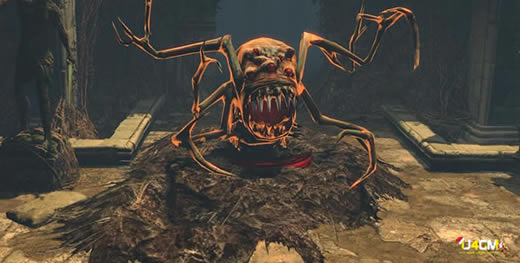So I watched slipperjim8’s video on IIQ vs. IIR, where he ran 500 maps at 1) 90% quantity, 0% rarity, and 2) 0% quantity, 270% rarity. He definitely seemed pretty thorough, but I wanted definite proof of his claim. U4GM.com as one of the most professional online store which glad to share more PoE News and cheap poe currency trade with instant delivery.
Match Warning
I’m not great at this, but I performed a chi-square test on his data for the currency drops to determine if there was a statistical difference between the two drop rates. Essentially, this test returns a value that tells us how far every experimental value is from an expected count, or what that same value should be if there was no difference between IIQ and IIR. It is very similar to the Error calculation you would do in a lab, or something similar. I put all of slippery’s values into Excel (a little hard to do from the screenshot), then made a separate table of the expected counts. Since the built-in Excel CHISQ.TEST isn’t very useful, I made this table by hand. I then made a third table, finding the chi-square component of each “pairing” of values, that is, the experimental value and its matching expected value.
Currency Drops
My null hypothesis was that the distributions of currency drops were the same for IIQ and IIR, and the alternative was that they are not. This essentially means that I will be testing the distributions of currency drops against some theoretical one in which there is no difference between the two.
If you are going to perform a statistical test, i’d isolate a specific hypothesis to test. For example, the original post mentioned a theory that high quality rare items like chaos would drop more frequently with IIR than IIQ, so i’d partition the dataset into these rare currency items to test that hypothesis. Or test a hypothesis that lower value currency items drop more frequently with IIQ vs IIR.
